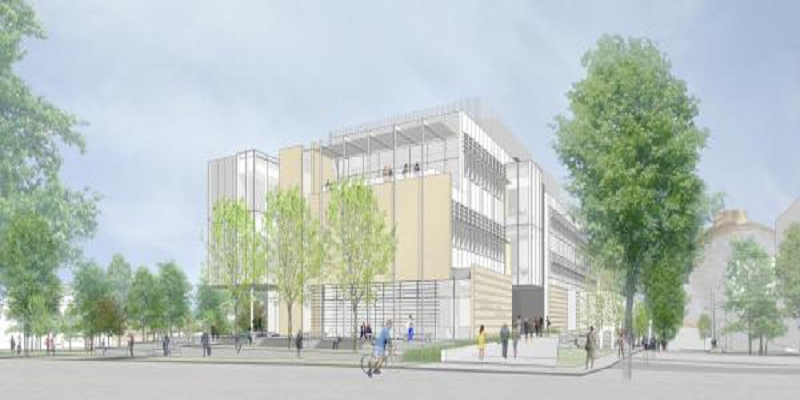The lab is being funded by a $2.5 million grant from the Colorado Office of Economic Development and International Trade, whose Advanced Industry Accelerator Grant Program supports projects designed to facilitate collaboration within technical industries. The Colorado School of Mines is one of five recipients of this year’s grant, and the money will be used over the next year to cover the lab’s operations and startup costs. The lab will be run as a consortium, in which companies will pay a fee to set the lab’s research agenda. The university has already received an additional $4.5 million from the first four consortium members: Lockheed Martin, Ball Aerospace, Faustson Tool, and Manufacturer’s Edge.
“The big enemy of anything going into space is money,” Van Bossuyt said. “Every pound of stuff going into space is $10,000, so shaving weight shaves money. But with things that are 3-D-printed, they’re not as well understood, so the factor of safety is much higher.”
To address these concerns, the lab will purchase equipment to perform a series of tests on 3D printed sample parts, Durability and safety will be assessed, as well as how well the parts fit particular design models. A database will also be created to document which printer settings produce the best industry-certified parts.
“It will help us to intelligently understand what knobs to adjust to get the printed characteristics that we want,” Van Bossuyt said. “Companies that are working with the center can make sure that their 3-D printers are calibrated correctly.”
The first year of operation will be devoted to the study of titanium and nickel parts; such a narrow focus will ensure thorough testing and analysis of each material. In the future, however, the school hopes to expand the lab’s consortium to include other industries such as energy, infrastructure, bioscience and advanced manufacturing. According to Van Bossuyt, branches of the military and foreign agencies have already expressed interest in membership. Discuss this story here.
